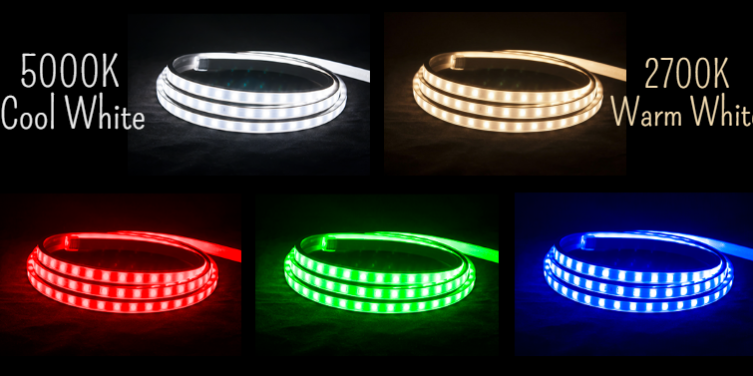Almost all of our everyday activities require light, making lighting an essential element of daily life. The lighting industry has advanced greatly as a result of people’s growing concern about protecting the environment, and LED technology is only one of those improvements. An important selling point for the industry has been the better energy efficiency of LED lighting. However, there are a variety of benefits and drawbacks associated with LED strip lighting, some of which are listed below:
Pros
Electricity use can be reduced
Like other LED technologies, LED Strip Lights use less electricity to function. In comparison to other sources of illumination, LEDs are around 90% more efficient while using just 7.2 watts of electricity per meter strip. Due to their extremely cheap operating costs, customers may experiment with much bigger systems without being concerned about running up expensive power bills.
Variety in Color of LED Strip Light
LEDs are the best choice for dramatic lighting applications because they can replicate a far broader variety of colors than LED lights. The production of a large variety of conventional colors is possible in addition to the usual warm and cool whites. Since LED light strips may likely be powered by a tiny battery, they can be installed in practically any place. Strip light lead price might also change depending on the color and size of the strip.
Adjustable
Most luminaires are enclosed in stiff, delicate glass casings. In contrast, LEDs are attached to an elastic circuit board “ribbon” for strip lights, which can be stretched at 90-degree angles and shaped to fit objects using a varying slope.
Lifespan and durability
The lifespan of LED lights must be considered while discussing the benefits of LED lighting in general. The bulb is anticipated to work and be effective for this amount of time. Compared to other types of illumination, LED lights have a very long lifespan. While a fluorescent light would typically last for 20,000 hours, an LED light would typically last 50,000 hours and may potentially last 100,000 hours. The expense of sometimes replacing the lights will be reduced as a result of this. Additionally, unlike many incandescent lights, an LED bulb won’t immediately burn out as it approaches the end of its lifespan; instead, it will gradually lose brightness.
The fact is that LED lighting is extremely robust and the bulbs do not break easily. As a result, they may be used for a larger range of activities, including those in transportation and other industries. It is safer to transport or install them.
Cons
Replacement
LED replacement in a light strip could be challenging. Depending on the kind of strip, it could be necessary to replace the entire set rather than just one light bulb.
Unsightly
LED light strips are visually appealing, but occasionally a few lights fail before the others. The light screen may appear spotty at this time.
Low Light
Since LEDs are made of solid material, they can absorb some of the light that is produced. When compared to other light bulbs, this results in lower brightness levels. For greater brightness, most people use bulk led strip lights.
Variable Voltage
LED burnout may occur if the voltage spikes drop, even for a little period of time. The light won’t need to be changed in order to work.
Adhesive
An adhesive paste is used to attach a lot of LED light strips to surfaces. Along with neglect, this can leave marks after being removed.







